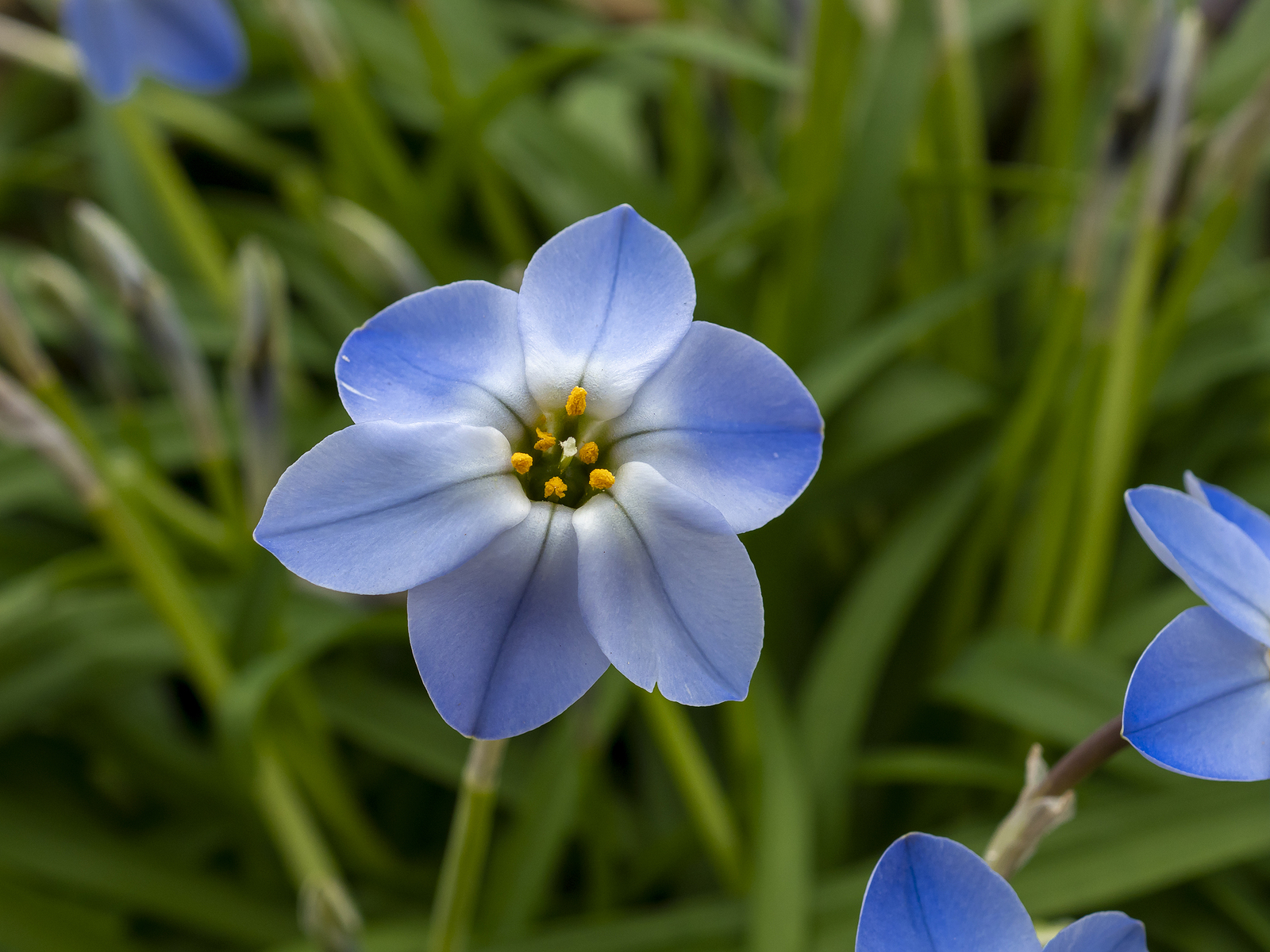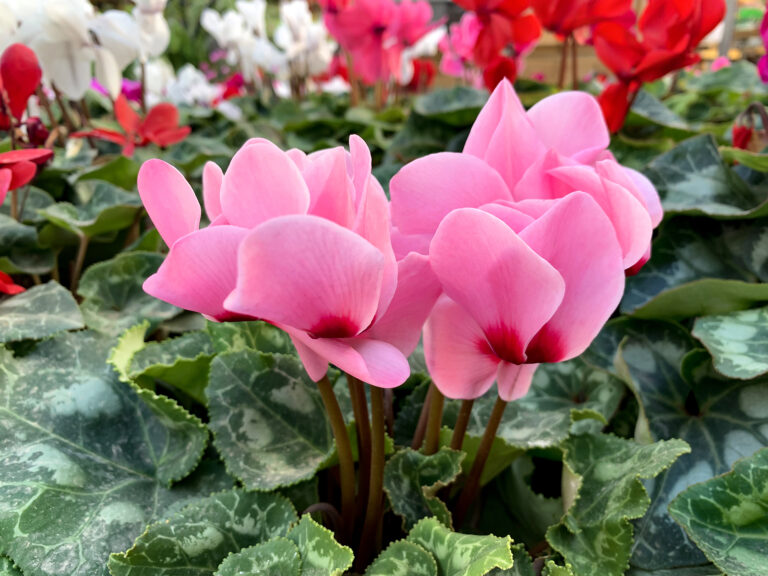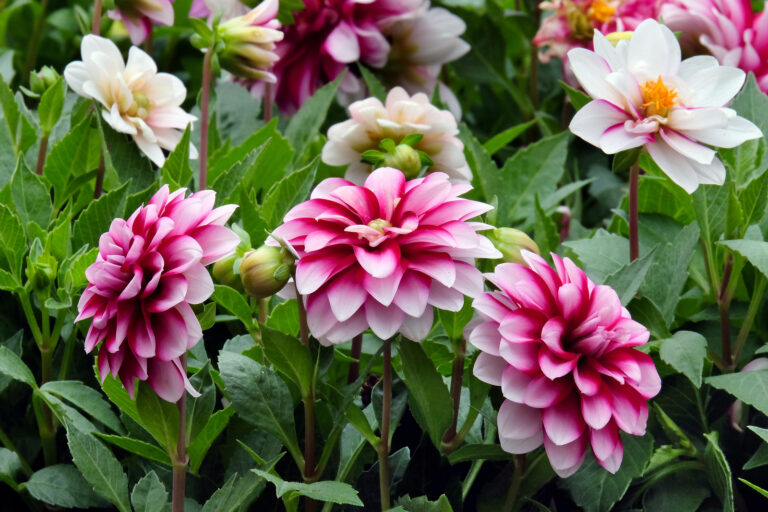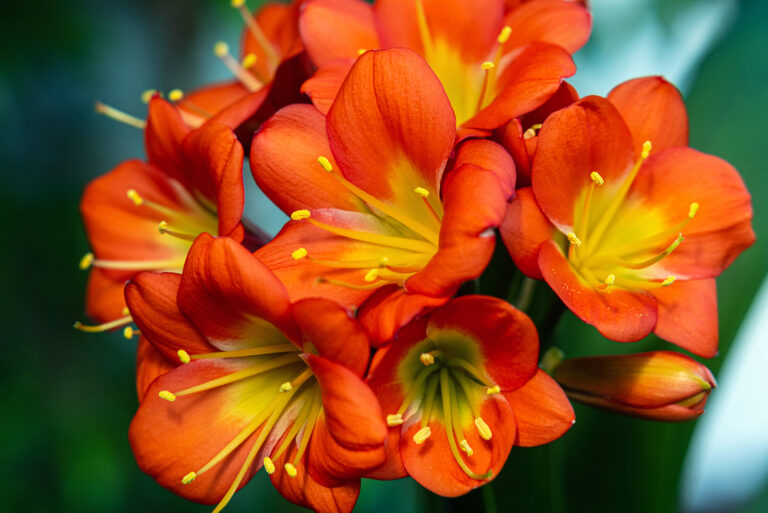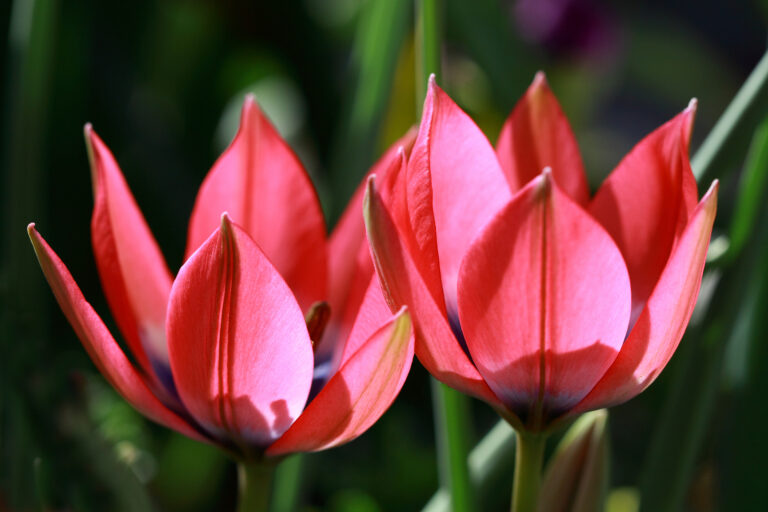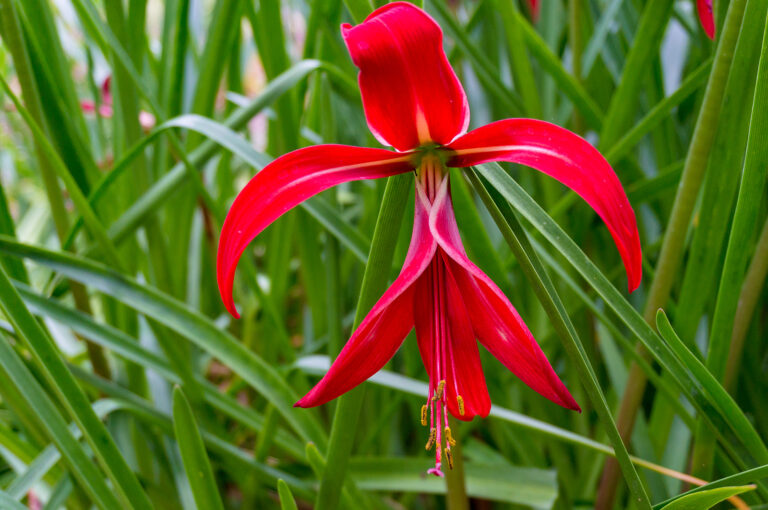How to Grow Spring Starflower — Ipheion
Ipheion–commonly called spring starflower–bears starry, fragrant blooms in spring. Bulbs usually produce a single flower stalk, sometimes two with one or two upward facing flowers
Plant Ipheion as an edging plant in beds and borders or use as a groundcover in semi-wild areas, under trees and large shrubs.
The Ipheion genus includes 10 species of small bulbous perennials. They are native to upland meadows and rocky sites in South America.

Get to know Ipheion
- Plant type: Bulb
- Growing zones and range: Zones 6 to 9.
- Hardiness: Hardy to Zone 6
- Height and width: 5-8 inches (13-20cm) tall.
- Foliage: Flattish, bluish-green basal, linear leaves that smell like onions or garlic when bruised.
- Flowers: Broadly star-shaped flowers 1.5 inches (3.8cm) across, pale to deep blue, on 6-8 inch (15-20cm) stems.
- Bloom time: Spring
- Uses: Lawns, woodland gardens, borders; edging, ground cover in semiwild areas, under trees, large shrubs.
- Garden companions: ‘Rolf Fiedler’ as an underplanting for daffodils.
- Common name: Spring starflower
- Botanical name: Ipheion
- Family name: Amaryllidaceae
- Origin: Meadows of South America; native to Argentina
Where to plant Ipheion
- Plant Ipheion in full sun or light shade.
- Plant Ipheion in humus-rich, well-drained fertile soil.
When to plant Ipheion
- Plant Ipheion in the fall.
Planting and spacing Ipheion
- Plant Ipheion 2-3 inches (5-8cm) deep.
- Space bulbs 5 to 6 inches (12-15cm) apart.
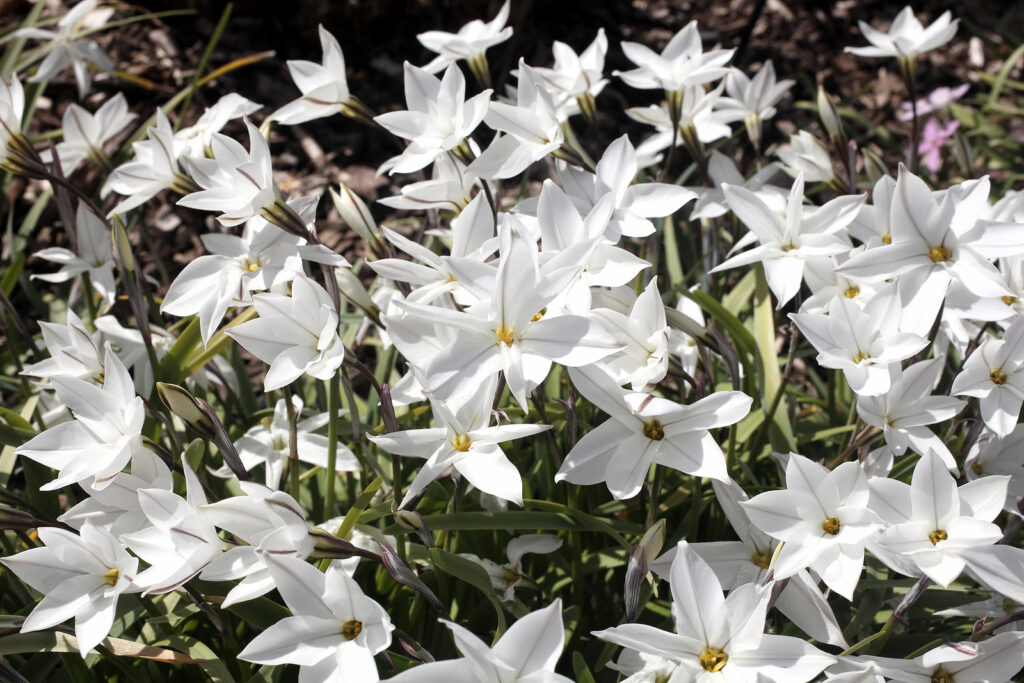
How to water and feed Ipheion
- Give Ipheion regular water during growth and bloom.
- Ipheion prefers dry conditions during summer dormancy, but will accept water if drainage is good.
How to care for Ipheion
- Mulch Ipheion heavily in late autumn where winter temperatures are low.
Ipheion pests and diseases
- Ipheion can be attacked snails or slugs.
- Ipheion has few disease problems.
Ipheion propagation
- Divide Ipheion bulbs in summer when the plant is dormant.
- Sow seed in containers in a cold frame when ripe or in spring.
Ipheion varieties to grow
- Ipheion uniflorum (Triteleia uniflora and Brodiaea uniflora), Spring starflower, bears starry fragrant blooms in spring, and like all the members of this genus; it grows from small tunicate bulbs; bulbs usually produce a single flower stalk, sometimes two, with one or two upward-facing flowers; individual flowers have a salverform shape, meaning they have a slender tube with a flared and flattened face; like other lily-family plants, the flowers have six lobes or petal-like tepals. Cultivars include: ‘Album’, pure white; ‘Froyle Mill’, violet; ‘Rolf Fiedler’, clear blue. 4-5 inches (10-13cm) tall; ‘Wisley Blue’, lilac. A good bright blue selection.

